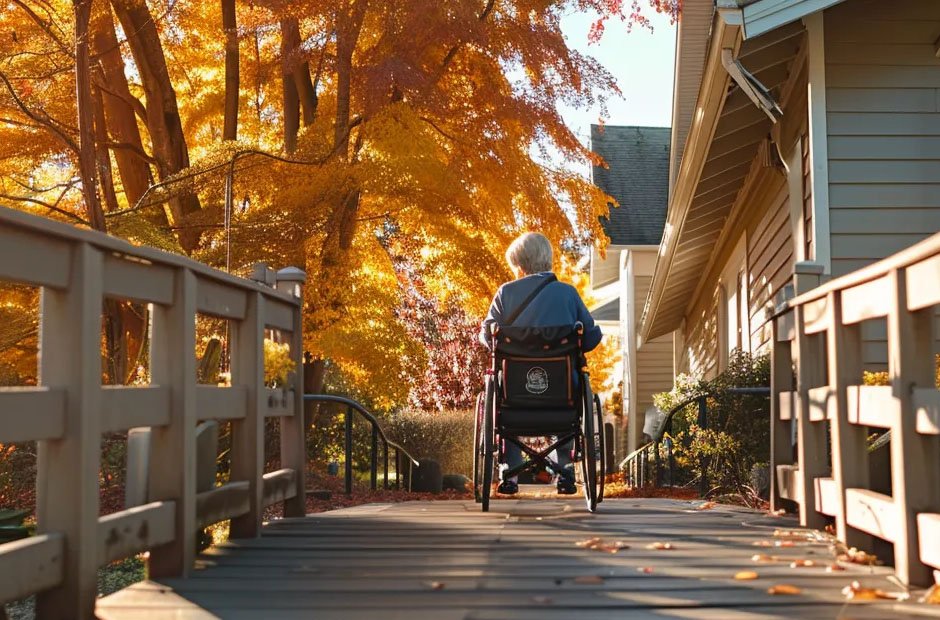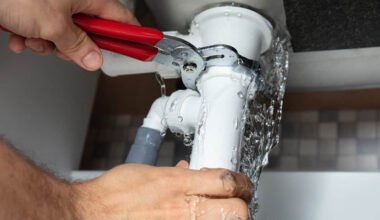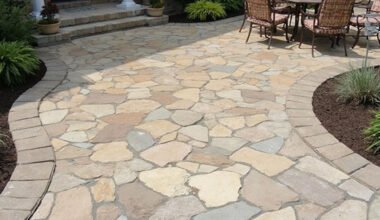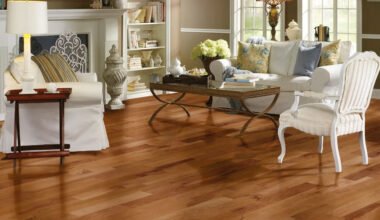Creating a safe and functional living space for seniors requires thoughtful changes that cater to their unique needs. As elderly individuals often face challenges related to mobility and health, it’s essential to implement modifications that prioritize their comfort and safety. Adapting a residence to be senior-friendly can help in fostering independence and preventing accidents. From entrance ramps to smart home technologies, these enhancements can greatly improve the quality of life for our loved ones as they age. Below, we explore the key modifications that can transform any home into a haven for senior living.
Adapting Home Entrances for Easy Access in Senior-Friendly Homes
Creating a senior-friendly entrance means focusing on accessibility and safety. Installing ramps with gentle slopes, non-slip surfaces, and handrails makes it easier for those using wheelchairs or with mobility issues. Doorways may need to be widened, and lever-style handles or automatic openers can offer more independence, especially helpful when bringing in items from grocery delivery services.
Proper lighting, like motion-sensor fixtures, helps prevent falls at night, while keeping the area free of clutter adds extra security. A covered porch or entryway offers shelter from bad weather and a relaxing spot close to home. For those living in warmer areas, like South Carolina, keeping the space comfortable with reliable AC repair Greenville SC is just as important.
Enhancing Bathroom Safety and Accessibility for Elderly Residents
The bathroom is a high-risk area for accidents, making it crucial for modifications. Installing grab bars in the shower, toilet, and bathtub can prevent falls and provide stability. For seniors, walk-in bathtubs or hand-held showerheads are safe alternatives. Non-slip flooring, textured tile, or rubber mats can minimize falls.
Higher toilet seats with grab bars or bidet attachments can make personal hygiene easier. Lever handles and thermostatic controls are easier to manipulate and should be within easy reach. The bathroom’s layout may need rethinking to accommodate wheelchairs or walkers, with wide doorways and adjustable cabinetry for easy access to sinks and storage.
Optimizing Kitchen Design for Senior Convenience and Safety
The kitchen should be designed for seniors to provide comfort and functionality. Lower countertops, pull-out shelving, and a wall oven at waist height can make tasks easier. Appliance selection is crucial, with side-by-side doors for easy access to fridges and induction cooktops for safety.
Touches like under-cabinet lighting can help seniors see better during food preparation, preventing mistakes and injuries. Easy-to-clean surfaces and materials are beneficial for hygiene. Accessibility to food supplies, such as grocery delivery services, clear cabinet organizers, and Lazy Susans, can also help seniors locate essentials without frustration.
Implementing Smart Technology for Comfort and Security in Senior Living
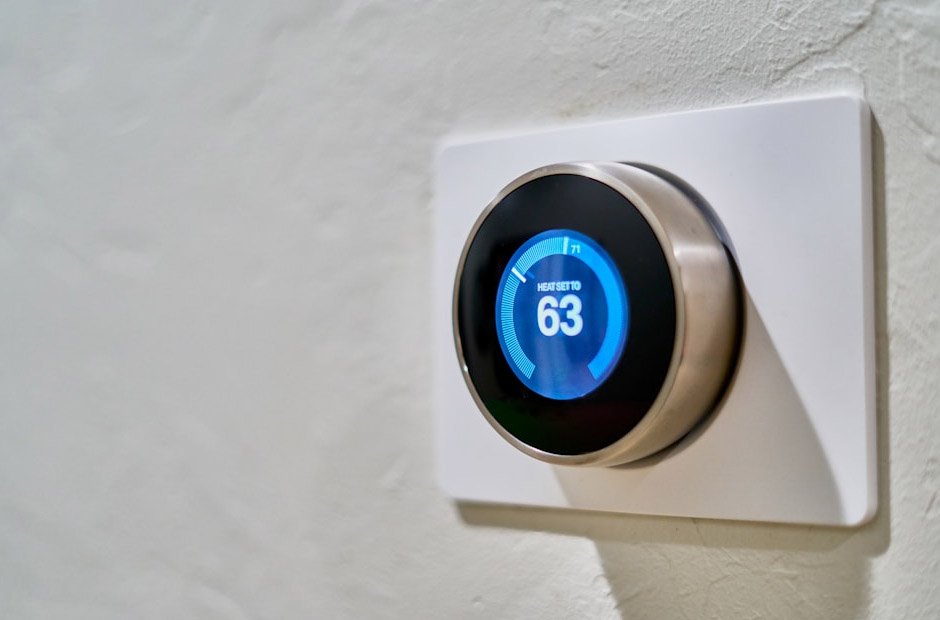
Smart home devices provide seniors with numerous benefits, including automation and ease of use. Voice-activated assistants allow seniors to control lighting, temperature, and entertainment without moving, enhancing comfort. Security is a top concern for seniors, with surveillance cameras and smart locks being managed remotely.
Smart security systems can send alerts to loved ones or emergency services. Smart thermostats adjust the home’s temperature to personalized settings, ensuring a comfortable environment. Professional AC repair in Greenville, SC, can quickly resolve issues during unexpected heat waves. Technology also extends to health monitoring, with wearable devices tracking vital signs and alerting emergency services. Medication reminders can be programmed into smartphones or specialized devices, ensuring accurate health regimens.
Upgrading Lighting and Flooring to Prevent Falls in an Age-Friendly Home
A well-lit home is crucial for safety and aiding those with declining vision. Strong, uniform lighting reduces shadows and glare, preventing confusion and missteps. LED bulbs provide bright illumination and long-lasting benefits. Natural lighting is also important, with easy-to-operate window treatments regulating light during the day. Large, clear windows boost mood and well-being by providing outdoor views.
Flooring choices significantly impact safety, with slip-resistant materials used in high-traffic areas. Remove carpets or rugs that pose tripping hazards or secure them firmly to prevent curling. Smooth and flat transitions between different types of flooring are essential, with low or flush thresholds to prevent trips and falls. Consistent flooring levels maintain a steady path for navigation.
Overall, enhancing a home to be senior-friendly incorporates a comprehensive approach that includes safety, accessibility, and technology. By making these essential modifications, we create a nurturing environment that supports the independence and well-being of our aging loved ones.
